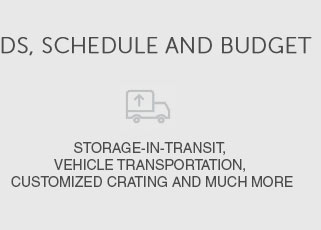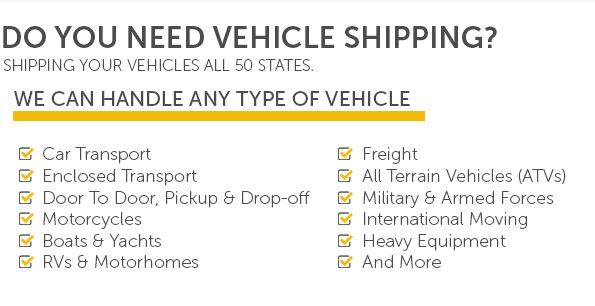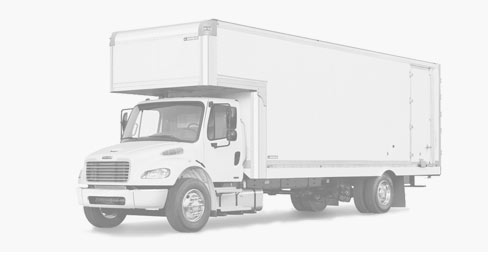 |
 |
|||
 |
 |
 |
 |
 |
 |
 |
 |
 |
 |
 |
 |
how to estimate moving costs with confidence as a first-timerStart with the big driversMoving prices hinge on distance, the size of your shipment, and time. Local moves often bill by the hour; long-distance quotes lean on weight or cubic feet and mileage. Note the season too-summer weekends tend to cost more. List what you’re movingMake a quick inventory by room, including furniture dimensions and boxes. Flag heavy or fragile items like pianos, safes, or glass tables that may need special handling. Build a simple estimate
Validate your numbersGet at least three written quotes after a virtual or in-home survey. Ask for binding or not-to-exceed options, clarify what’s included, and confirm cancellation and reschedule terms. Finally, compare reviews and availability-not just price.
|